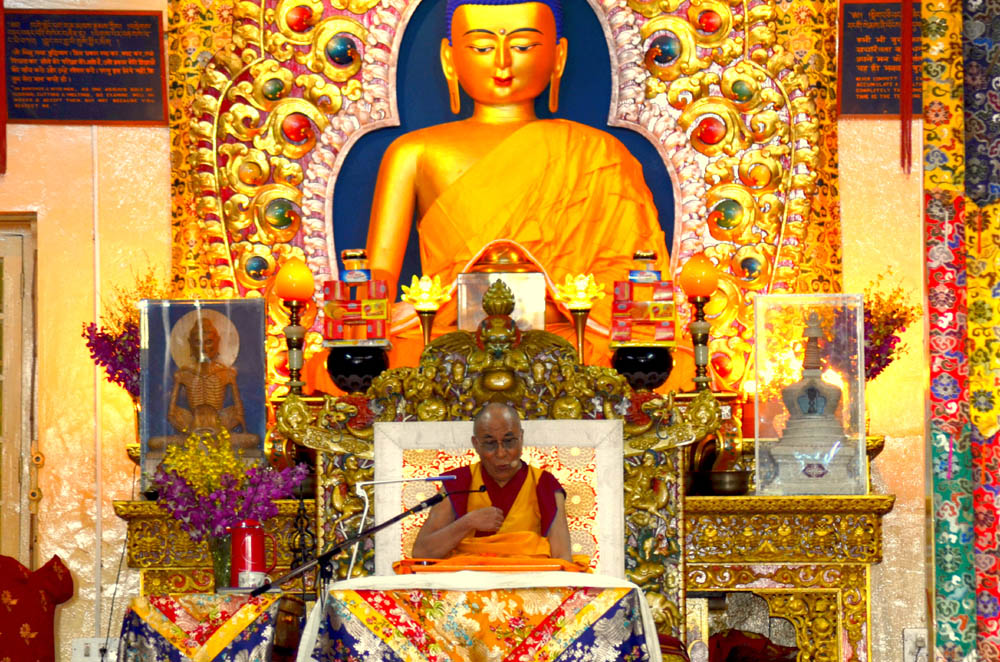

He has met widely with political and religious leaders, including the late Pope John Paul II. The Dalai Lama has taken his message to the United Nations and persuaded the world body to adopt resolutions calling for the protection of the Tibetan people on four occasions. He has sought to publicize the plight of Tibetans on the global stage. The Dalai Lama traditionally claims to be head of Tibet’s government. What is the Dalai Lama’s political significance? As such, the Dalai Lama is considered the spiritual leader of Tibet and one of Buddhism’s most important leaders anywhere.

In Buddhist tradition, bodhisattvas are enlightened beings who chose rebirth, rather than moving on to the afterlife, in order to serve humanity. What is the Dalai Lama’s spiritual significance?Īccording to Buddhist belief, the Dalai Lamas are earthly incarnations of Avalokiteshvara or Chenrezig, the bodhisattva of compassion and patron saint of Tibet. The Dalai Lama states on his Web site that he does not seek to separate Tibet from China, but rather advocates a “middle-way approach whereby Tibet remains within the People’s Republic of China enjoying a high degree of self-rule or autonomy.” The Dalai Lama has led an effective government-in-exile based in India since fleeing his homeland in 1959 amid a failed Tibetan uprising against Chinese rule. The Dalai Lama remains immensely popular in Tibet.

To this day, he is highly respected for his commitment to nonviolence, his desire to build bridges across faiths, and his efforts to gain freedom for Tibet.China, which has ruled Tibet with a heavy hand since its forces invaded in 1951, considers the Dalai Lama a separatist and traitor for advocating Tibetan self-rule. In contrast, the 14th Dalai Lama became an international figure beloved for his humor, warmth, spiritual wisdom, and humor. Previous dalai lamas were relatively isolated and mysterious. His statement also explored the ways in which the recognition of a successor could unfold. On September 24, 2011, clear guidelines for the recognition of the next dalai lama were published, and His Holiness declared that when he nears 90 years old, he will consult leading lamas of Tibet’s Buddhist traditions and the Tibetan public to assess whether the institution of the dalai lama should continue after him. As the years wear on, the question looms as to his successor. In the years since, his international influence has waned-he is older and travel is more difficult, and China’s clout on the world stage has increased. In 2011, the Dalai Lama stepped down as head of the Tibetan government-in-exile. Despite the fact that his efforts went unanswered, he was awarded the Nobel Peace Prize in 1989 “for advocating peaceful solutions based upon tolerance and mutual respect in order to preserve the historical and cultural heritage of his people.” During this time, he worked to disseminate the central tenets of Buddhism to a wider audience, giving lectures and interviews, writing dozens of books, and establishing educational, cultural, and religious institutions to protect Tibetan identity. Throughout the 1970s and 1980s, the Dalai Lama traveled internationally to build awareness of the plight of Tibet, appealing to the United Nations and meeting with the European Parliament and Chinese leaders to advocate for establishing Tibet as an autonomous region of China. For the remainder of that decade, his efforts focused on the welfare of refugees and the preservation of Tibetan culture. Tens of thousands of Tibetans followed the Dalai Lama, and he established his government-in-exile in 1960. These efforts were unsuccessful, and in 1959, he was forced into exile in Dharamsala, India, following the brutal suppression of a Tibetan national uprising. In 1954, he went to Beijing and met with Chinese leaders to advocate for his homeland and his people.
#Dalai lama buddhism full#
In 1950, when China invaded Tibet and claimed the land as its own, the Dalai Lama was called upon to assume full power as Tibet’s political leader. When he was 23, he passed his final examination with honors and was awarded the equivalent of the highest doctorate in Buddhist philosophy. At age 6, he began his education as a monk, learning logic, fine arts, Sanskrit grammar, and medicine, as well as Buddhist philosophy. It is believed that dalai lamas are manifestations of the bodhisattva of compassion and the patron saints of Tibet-beings who have vowed to be reborn to help humanity. The 14th Dalai Lama was born in 1935 in a small village in Tibet, and at the age of 2, he was recognized as the reincarnation of the previous dalai lama.


 0 kommentar(er)
0 kommentar(er)
